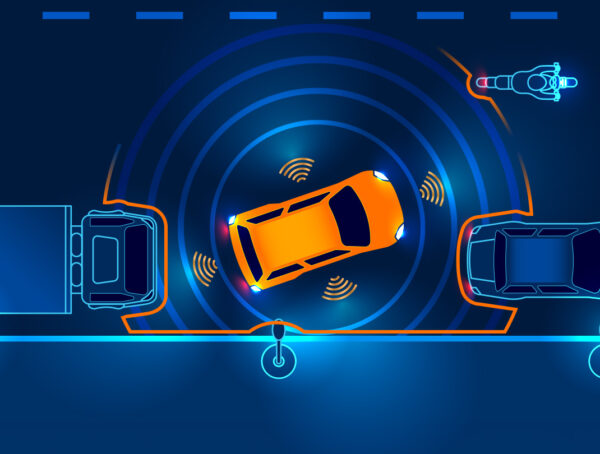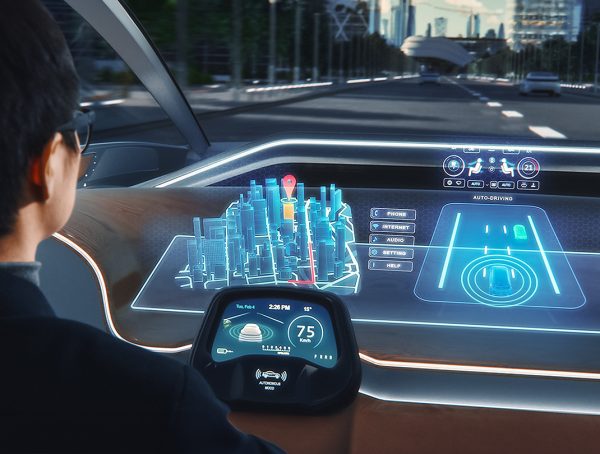Artificial intelligence on mobile devices is no longer dependent on a connection to the cloud. As evidenced by the hottest demos at CES this year and all the recently announced smartphone flagships, AI has entered the edge device, and has quickly become a marketing selling point. For many reasons, including security, privacy and response time, this trend is bound to continue and expand to more edge devices. To meet demand, almost every player in the silicon industry has come out with some version of AI processor, under many names, like ‘deep learning engine’, ‘neural processor’, ‘AI engine’ etc.
Read the full article on Embedded Vision Alliance.
You might also like
More from Imaging & vision
Challenges in Designing Automotive Radar Systems
Radar is cropping up everywhere in new car designs: sensing around the car to detect hazards and feed into decision …
Transformer Models and NPU IP Co-Optimized for the Edge
Transformers are taking the AI world by storm, as evidenced by super-intelligent chatbots and search queries, as well as image …



















